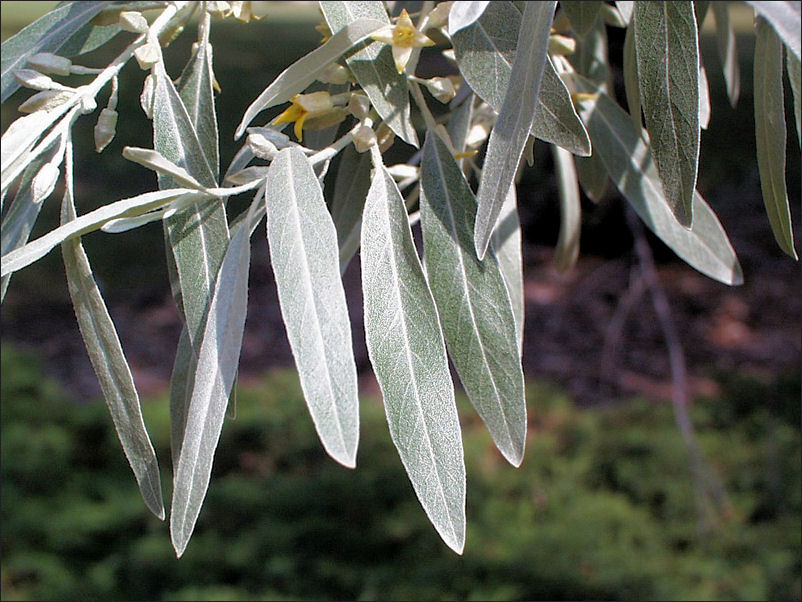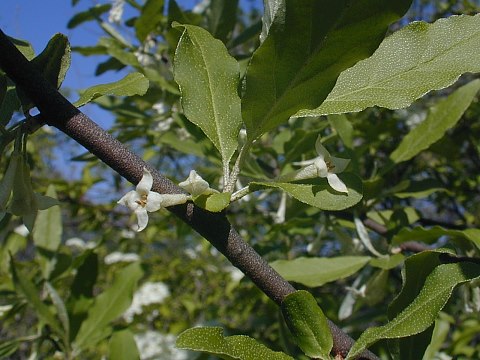autumn olive tree bark
It has a gray-green hue when seen from a distance. Their margins are wavy but do not have teeth.
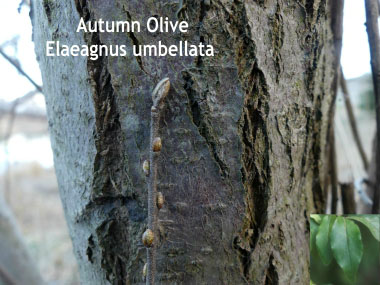
Autumn Olive Identification Leaves Bark Habitat Elaeagnus Umbellata
For wildlife food and erosion control.
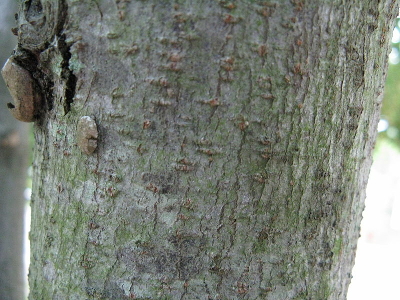
. Tube- or bell-shaped fragrant and borne in leaf axils. Large shrub or small deciduous tree can grow up to 20 feet tall with gray to silver foliage. It is drought tolerant and thrives in a variety of soil and moisture conditions.
It has distinctively silvery leaves and large red berries. Dense infestations of autumn olive. Silvery or golden brown with speckles.
Cut Stump Treatment Remedy 1. They leaf out in mid-March. The branches have large thorns.
The bark is gray. Autumn olive is moderately shade tolerant and occurs on a variety of soil types. Because the winter is a good time to cut woodies remove all but two large stems to allow sap to flow in spring when they can be cut to about 18 inches above the ground.
Elaeagnus umbellata autumn olive berry and Elaeagnus multiflora goumi berry are also in this family. Twigs may develop spike-like terminal thorns. Autumn olives young twigs are silvery with brownish.
The fruit is small reddish pink and is readily consumed by birds and some small mammals. Simple alternate small elliptical or oval 13 inches long about 1 inch wide. When there are high populations of borer the damages can be considerable.
Frozen fruits will thaw to be dark and mushy but if you really need to freeze them you can knowing that the texture will be greatly compromised upon thawing. Autumn Olive Tree Fast Facts. Follow the instructions on the herbicide label regarding type of sprayer and spray volume required.
The leaves are simple and alternate and the margins are entire no teeth. Elaeagnus umbellatawas first planted as an ornamental tree and for wildlife cover and has now become an invasive species of disturbed sites mostly in southern Wisconsin. For a very common tree this is generally not thought of as a good source of food for humans yet a large number of compounds have been derived from Russian olive making this tree a good source of.
Pathfinder II Autumn Olive only This herbicide is Ready-To-Use with no mixing required. Autumn olive flowers are creamy-white to light yellow. Autumn olive Elaeagnus umbellata ELUM is a bushy leafy shrub native to Asia.
Russian olive is a medium-sized deciduous tree that is drought-resistant. Autumn Olive branches cut from stems. Dry silvery fruits of Russian olive Bark.
Young branches armed with thorn-like lateral branches older branches unarmed. To learn more about the methodology and information used to develop the decision trees and for helpful hints on how to answer the. Autumn olive is a shrub that can grow up to 20 feet tall and 30 feet wide.
Autumn olives are easy to identify. A slow-growing deciduous shrub that produces fragrant silvery-white to yellow flowers from February to June and many red berries from August to November. Leaves are alternate willow-like longer and narrower than Autumn olive.
How to identify autumn olive. Bloom in late spring. 1 the former has reddish fruits while the latter has yellowish fruits 2 the leaves of the former are somewhat broader than the latter 3 in the former species the spreading lobes of its flowers are shorter than the tubular portion of the calyces while in the latter.
2 fuel oil kerosene or basal oil to make 100 gallons of total spray 20 - 30 Remedy. Autumn olive berries keep well in re-used commercial berry containers in the refrigerator for one to two weeks. A slow-growing deciduous shrub that produces fragrant silvery-white to yellow flowers from February to June and many red berries from August to November.
Basal Bark Treatment 2. They are a multi stemmed tree that grows up to 20 feet tall and 30 feet wide. Autumn olive is found from Maine to Virginia and west to Wisconsin in grasslands fields open woodlands and other disturbed areas.
For basal applications a triclopyr herbicide mixed with high-grade mineral oil or No. They are bright green above and a distinctive silvery-scaly below. Autumn olive is a large deciduous shrub that grows up to 20 tall and is frequently equal in height and width.
It has dark green alternate leaves that are oval to lance shaped with smooth wavy margins. Autumn olives leaves are alternate and oval with finely pointed tips. Cut stump and basal bark treatments can be conducted.
Stems and branches cut in December. Nutrients will be preserved. The thin gray bark can be peeled off in narrow fibrous strips.
Basal Bark Treatment Mix 20 to 30 gallons of herbicide with enough oil diesel No. Commonly known as olive tree borer this olive grove is produced by the borer black Hylesinus Oleiperda Fabricius 1792 and Phloeotribus Scarabaeoides Bern 1788. 2 diesel oil and applied around the bark of a standing plant to a height of 12 to 18 inches above the soil is recommended.
Autumn olive leaves are oval with a slightly wavy edge. Silver-gray on underside and dark green on top. Bark gray to reddish brown fissures shallow exfoliating in long strips.
Because autumn olive is capable of fixing nitrogen in its roots it can grow on bare mineral substrates. Twigs are silvery and scaly when young becoming light brown and lacking scales when mature. This shrub with scattered thorny branches can grow 3 to 20 feet tall.
Leaves are 2-4 inches long and taper at the tips. The borer feeds by digging galleries in the olive bark this cuts the sap flow and dries the olive branches. The leaves are grayish green with uniquely silvery scales on the underside of the leaves.
It grows rapidly and can reach a height of 20 feet. If at all possible use these berries fresh. Autumn olive leaves are dark green on top and silver-gray on the underside lance-shaped or elliptic with entire wavy margins.
This practice was discontinued in the 1970s when it was realized that autumn olive was invasive destroying natural habitats. Leaves range from 5 to 10 cm 2-4 in in length. Stems ascending to erect.
The bark is gray. Wood light brown hard. Young twigs gray to grayish brown flexible densely lepidote older twigs gray to grayish brown.
Autumn Olive can be distinguished from the closely related Elaeagnus angustifolia Russian Olive as follows. To debark autumn olive shrubs begin any time of the year by removing side branches using a limb saw. When the plant is 2 to 3 years old it produces yellow flowers in April and May.

Autumn Olive Nonnative Invasive Plants Of Southern Forests A Field Guide For Identification And Control
Elaeagnus Umbellata Autumn Olive Minnesota Wildflowers
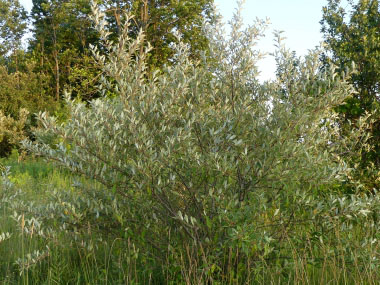
Autumn Olive Identification Leaves Bark Habitat Elaeagnus Umbellata

Russian Olive Nonnative Invasive Plants Of Southern Forests A Field Guide For Identification And Control
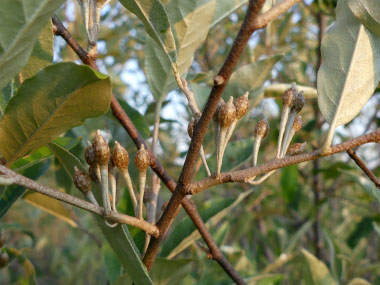
Autumn Olive Identification Leaves Bark Habitat Elaeagnus Umbellata
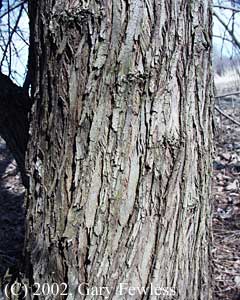
Trees Of Wisconsin Elaeagnus Umbellata Autumn Olive

Autumn Olive Nonnative Invasive Plants Of Southern Forests A Field Guide For Identification And Control
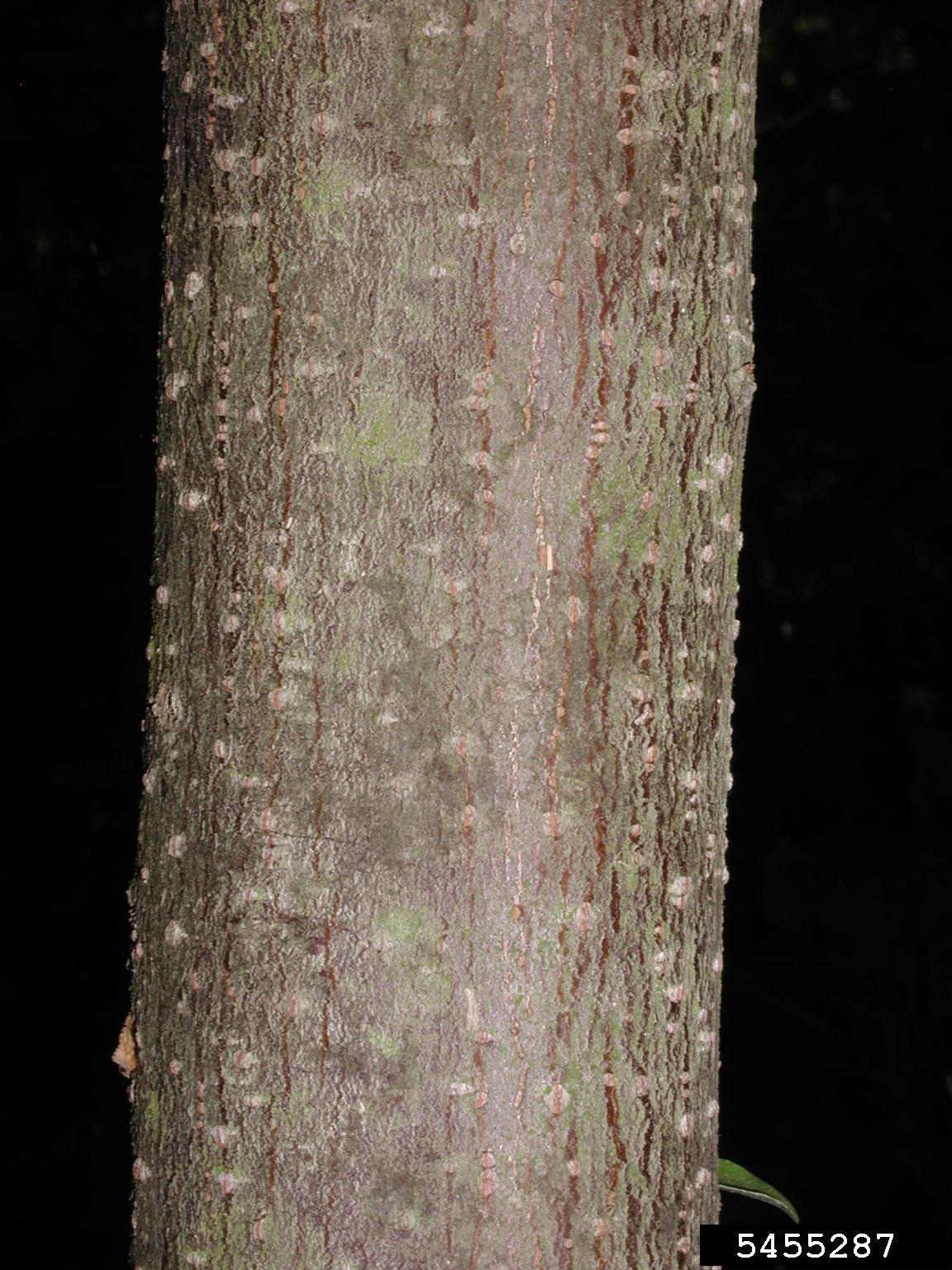
Elaeagnus Umbellata Lower Hudson Partnership For Regional Invasive Species Management
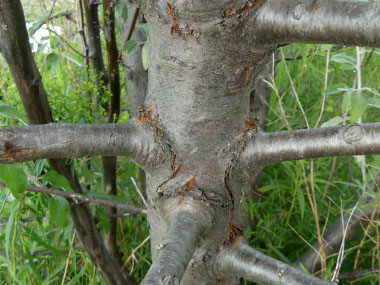
Russian Olive Identification Leaves Bark Habitat Elaeagnus Angustifolia
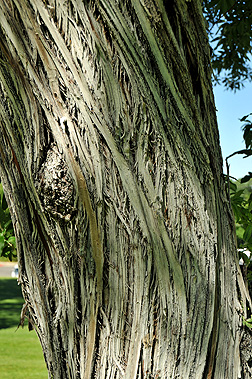
Virginia Tech Dendrology Fact Sheet

Russian Olive Woody Invasive Species Of The Great Lakes Basin
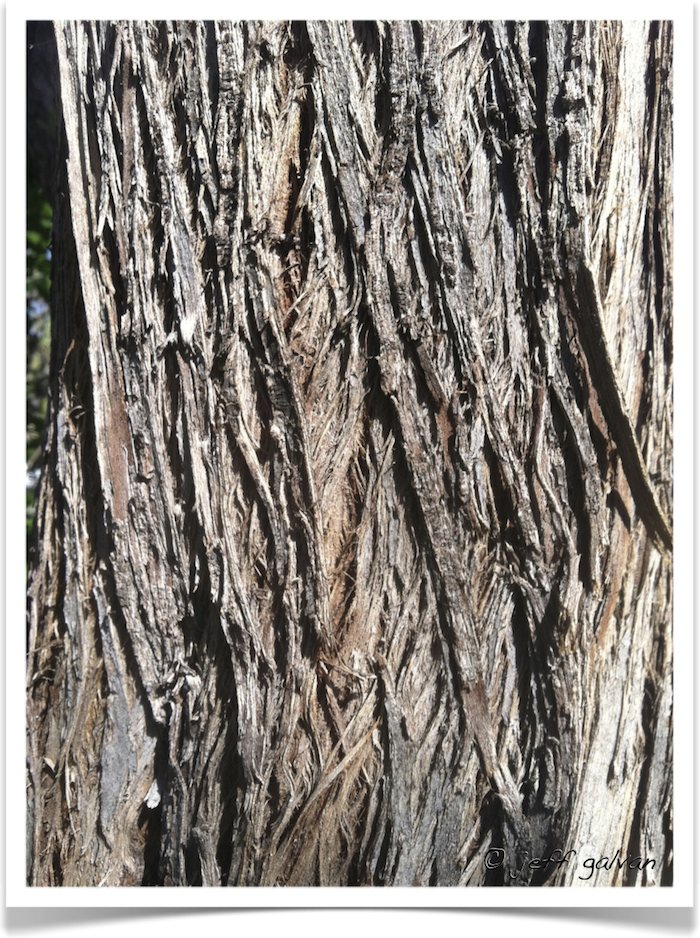
Russian Olive Identify By Bark Boulder Tree Care Pruning Tree Removal Services

Elaeagnus Angustifolia Russian Olive Go Botany
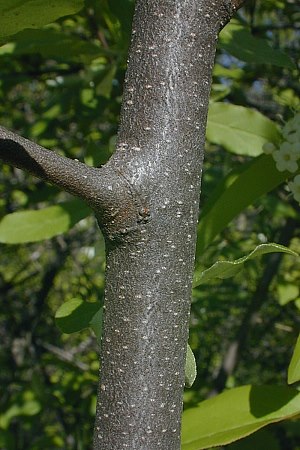
Autumn Olive Elaeagnus Umbellata
Elaeagnus Umbellata Autumn Olive Nre 436 Also Eeb Or Environ
